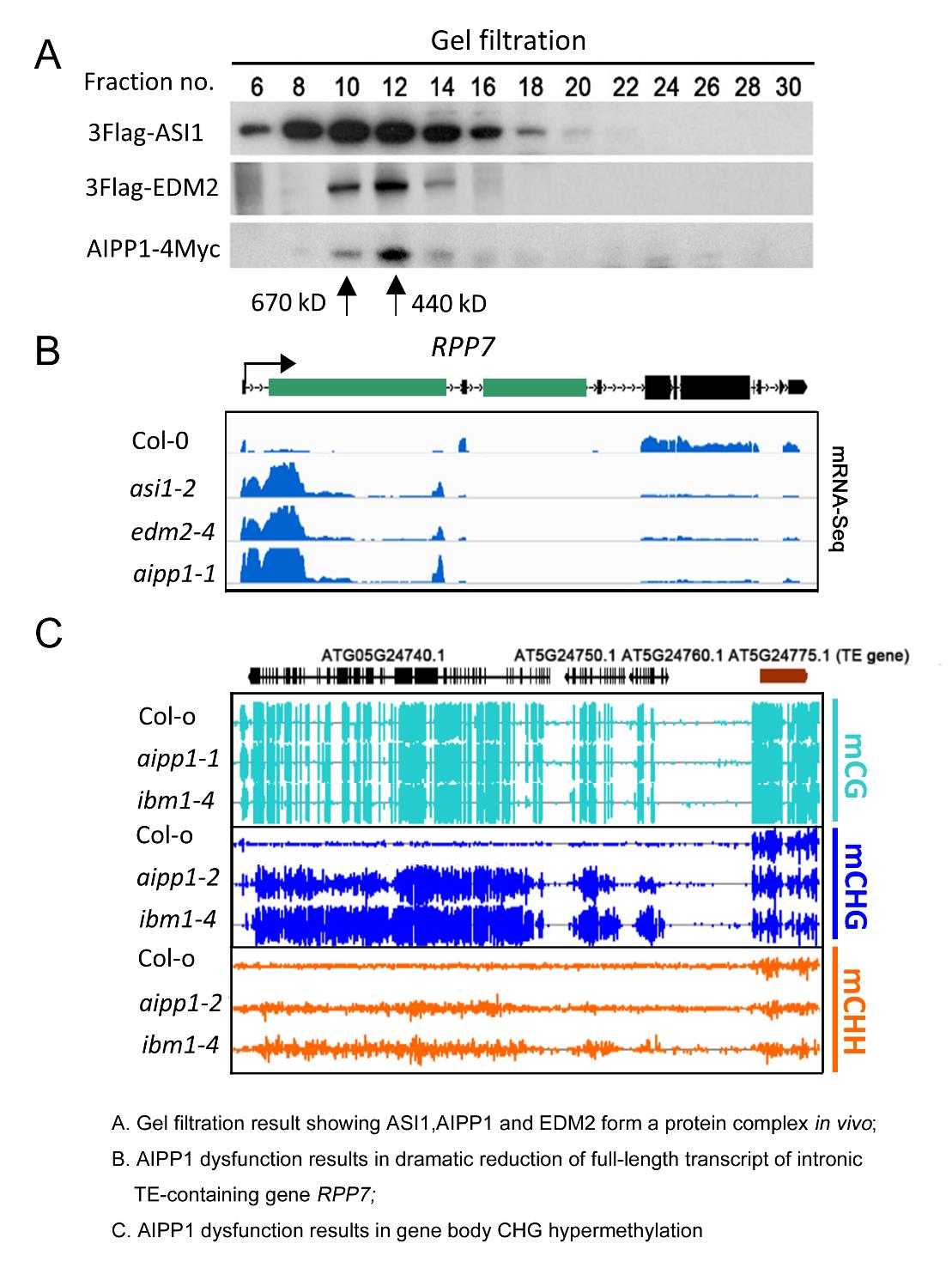Tissue culture, which is based on the plant regenerative abilities, has been widely exploited in agricultural technology for more than half a century. Formation of a pluripotent cell mass from detached explant, known as callus, is the first step in tissue culture. Almost all organs of the typical dicot plant Arabidopsis are able to produce callus during their whole life. However, the mature organs of monocot cereal species, such as rice, maize and wheat, demonstrate unresponsiveness to in vitro culture techniques, perplexing the agricultural applications of tissue culture in cereals for a long time.
Using the monocot cereals rice and maize together with the dicot model plant Arabidopsis, Dr. XU Lin and his colleagues at CAS Center for Excellence in Molecular Plant Sciences, Shanghai Institute of Plant Physiology and Ecology, Chinese Academy of Sciences, showed that the Arabidopsis and cereals use separate strategies in maintaining regeneration-competent cells during organ maturation, resulting in different regenerative abilities.
Their study on Arabidopsis showed that procambium and some vascular parenchyma cells in leaves and xylem-pole pericycle cells in roots serve as regeneration-competent cells to initiate callus. In contrast, for rice and maize, bundle sheath and some immature vascular cells in the immature region (about 2 mm at the bottom region) of young leaves and phloem-pole pericycle cells in roots may serve as regeneration-competent cells to produce callus.
Interestingly, they found that although Arabidopsis and cereals deploy different types of regeneration-competent cells, they all use the same molecular pathway (WOX11-WOX5) for callus initiation. Arabidopsis maintain the regeneration competent-cells during organ maturation, while cereals exhaust regeneration-competent cells during organ maturation and lose regenerative ability in mature organs. For example, the outer bundle sheath in the rice mature leaf differentiated into large parenchyma cells, and the bundle sheath differentiated into Kranz anatomy in maize mature leaves. Therefore, those differentiated cells lose the ability for regeneration.
The paper entitled “Divergent regeneration-competent cells adopt a common mechanism for callus initiation in angiosperms” was published in Regeneration as a cover story on Sep 28, 2017.
This work was funded by National Natural Science Foundation of China, Ministry of Science and Technology of China, and Chinese Academy of Sciences.
This work was supported by Chinese Academy of Sciences
Article website: http://www.pnas.org/content/114/35/E7377.long

Contact:
ZHU Jiankang, Senior Principal Investigator
Shanghai Center for Plant Stress Biology (PSC),
Shanghai Institute of Plant Physiology and Ecology (SIPPE)
Chinese Academy of Science (CAS)
Phone: (86) 21-57078201
Fax: (86) 21- 57078213
Email: jkzhu@sibs.ac.cn
DUAN Chengguo, Principal Investigator
Shanghai Center for Plant Stress Biology (PSC),
Shanghai Institute of Plant Physiology and Ecology (SIPPE)
Chinese Academy of Science (CAS)
Email: cgduan@sibs.ac.cn
Related Articles:
Arabidopsis EDM2 promotes IBM1 distal polyadenylation and regulates genome DNA methylation patterns (Lei et al., 2014 PNAS)
In this paper, Dr. Zhu’s team identified the second regulator of heterochromatin-mediated RNA processing, EDM2. They found EDM2 is a H3K9me2-binding protein and EMD2 can directly binds to intronic heterochromatin region for regulation of polyadenylation.
RNA-binding protein regulates plant DNA methylation by controlling mRNA processing at the intronic heterochromatin-containing gene IBM1 (Wang et al., 2013 PNAS)
In this paper, Dr. Zhu’s team discovered the first regulator of heterochromatin-mediated RNA processing, ANTI-SILENCING 1 (ASI1).

